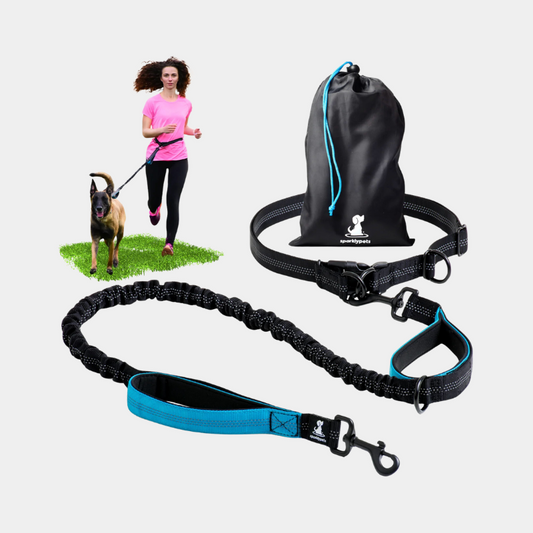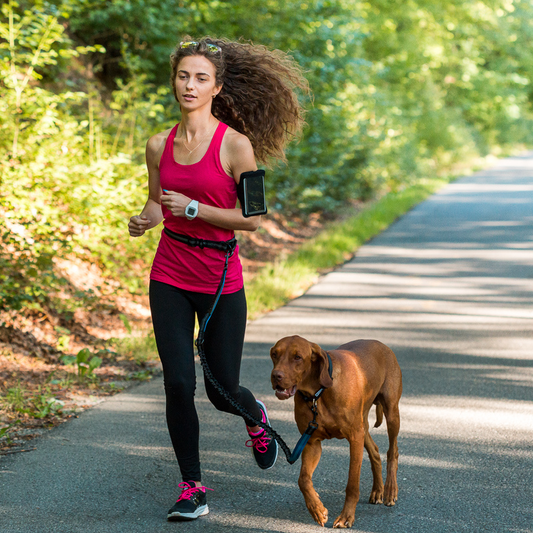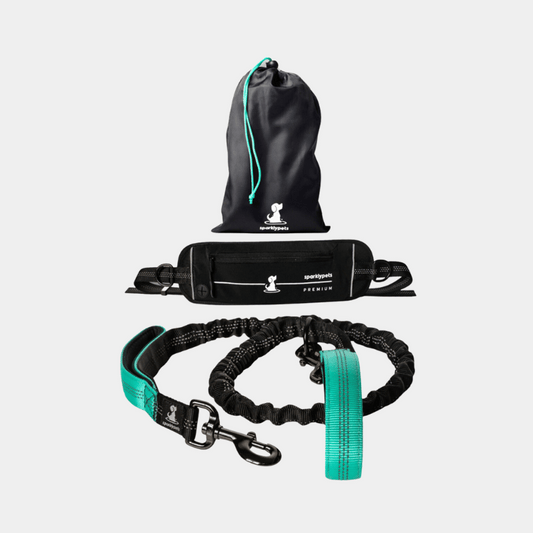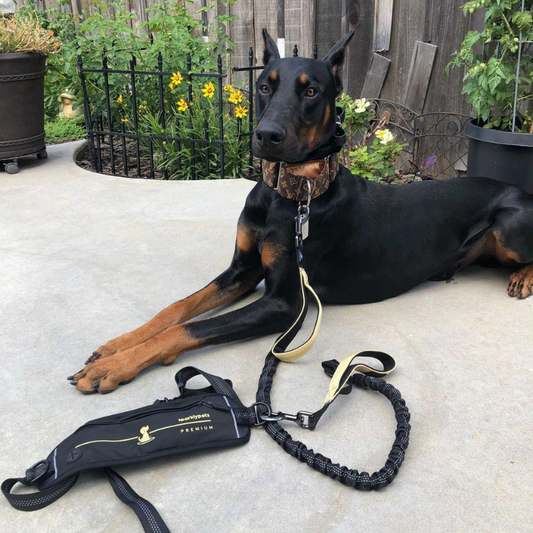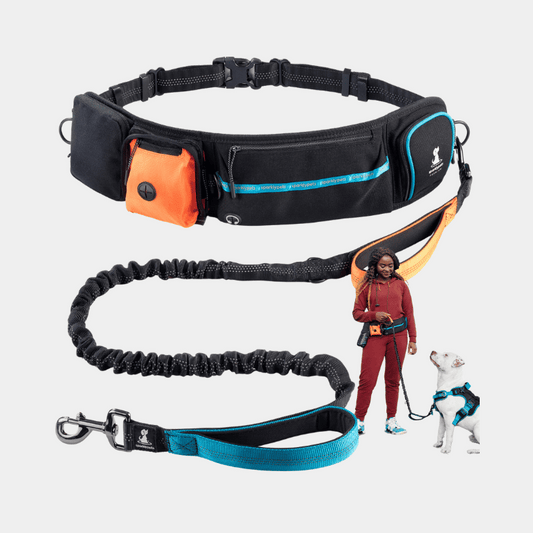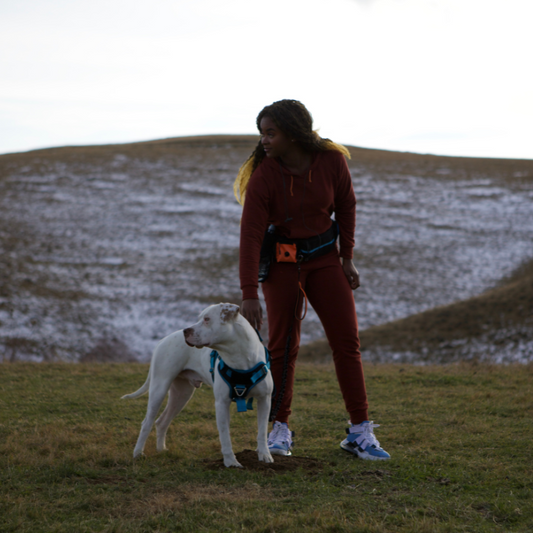Dogs have adapted to a life with humans and their behavior has adapted as well. Even so, sometimes dogs can misbehave, which can cause problems for you or even for them (safety issues, to be precise). While these dog bad behaviors can be fixed with dog training, you need to be aware of the underlying issue. We think it’s important to know WHY your dog misbehaves and only then see how can you fix bad behavior in dogs. This is why we’ve compiled a list of the most common acts of bad behavior in dogs and talked a bit about why they happen, as well as share some tips on how you can start working on them.
A very important note before diving into this article: if your pet displays any of the behavior issues mentioned in this article all of a sudden, make sure to schedule a check-up with your vet to rule out any illness.
Aggression & biting
This can be one of the most dangerous behavior, as it can cause harm to others (be it people or other animals). The most important thing to do when your dog is being aggressive (barking, growling, or showing teeth for instance) is to try and identify the reason for it. Your pet could be scared or it could be feeling threatened. If this is the case, aggressiveness is a natural way of them defending themselves. However, if you see no evident reason behind this behavior, it may be happening because of the way you’re training it. For example, if your dog is barking and growling at the sight of another dog, don’t try to comfort it and calm it down. When you pet your dog and say that it’s okay, you’re basically reinforcing that behavior by rewarding it.
While it’s usually good to reassure your dog when the situation calls for it, doing so in signs of aggression will have a negative effect on your pooch. To avoid this, train your dog to have discipline. Depending on the gravity of the situation, you can either work on training your dog yourself or work with a professional behaviorist dog trainer.
Chewing
Beyond the destruction of your goods, chewing can cause a variety of problems for your dog. Anything he chews on (that he’s not supposed to) can get lodged in his intestines and cause digestive problems, or he can try chewing through a power cord and get hurt.
The reasons why your dog may be chewing on everything can vary on several factors. For instance, a puppy that’s teething will tend to chew a lot more than an adult dog, in order to soothe their gums. On the other hand, dogs tend to explore the world through their mouths and noses, so chewing on things isn’t completely abnormal to them.
To curb this behavior make sure your dog has appropriate chew toys to munch on. If you see your doggo chew away on something they shouldn’t, replace it with a toy and then praise them when they start chewing on the correct item. Or integrate more activities by running with them using a hands-free leash to drain their energy.
Begging for food
You might not think this is bad behavior, but actually it is one of the easiest ways for your dog to become obese. Canine obesity is a real concern and could jeopardize your pet’s life, so make sure you keep your doggo in tip-top shape and do not reward begging (yes, even though you really can’t resist his/her puppy eyes).
What most pet owners get wrong about this behavior is that it’s okay to do it every once in a while. It won’t hurt if it’s not too often. While physically that may be true, caving once will set a precedent, which will make your dog think they can get away with it.
If you really can’t resist it, make sure your dog eats at the same time as you at dinner time or don’t eat in the same room as your dog.

Digging holes
As opposed to other behaviors on this list, digging holes isn’t actually destructive to your dog or harmful in any way. Digging holes is a natural instinct of dogs, and they love it. That being said, many owners find this habit annoying and would rather not have it.
If you want to curb this behavior, you’ll have to take action every time you catch your pup in the act. Say “no” and offer an alternative (like a toy) to distract him.
Ideally, you can set up a place where your dog can dig in peace (like a sandbox) so that you don’t fully take away this guilty pleasure of theirs.
Separation Anxiety
According to ASPCA “Separation anxiety is triggered when dogs become upset because of separation from their guardians, the people they’re attached to.” This behavior can easily turn destructive to your goods as it can manifest in chewing, peeing/pooping indoors, or harmful behavior for your pup.
This behavior is quite difficult to work with, but not impossible. One solution is to crate train your dog. Another one is to slowly prove your pet that you’re coming back every time. To do that, you need to be aware of two things: don’t signal your dog that you’re leaving him (so no petting him and telling him that you’ll be back soon). The second thing you should avoid is responding to his enthusiasm when you get back. Upon entering the room, ignore your dog for a few minutes, giving him the chance to calm down. Once he does, you can go ahead and pet him. This way, he’ll understand that you will come back every time and will diminish the destructive behavior.
Of course, in cases of severe separation anxiety, it’s always best to work with a specialist.
Pulling on leash
Reasons why your dog may be pulling on the leash can include:
- Untrained dogs - this means your dog doesn’t know how to handle the leash yet.
- Your dog gets his will - this probably means you allow him to drive you towards the direction of their interest. When you allow your dog to go where they want while they are wearing a leash, will let him know this works.

- You have the wrong equipment. A leash that stops the dog from pulling can be a lot of help in training. You can either use a short leash for more control (and to teach your dog to walk by your side instead), as they won’t be able to venture off, or you can use a bungee rope leash (also known as a no pull leash). This one has a bungee cord, so if your dog pulls, it gets stretched, to allow movement, but it still allows you to better control where your dog goes.
These are just a few behavior problems you can encounter in a dog. Keep in mind that manifestation and severity of these issues can differ from dog to dog, so if you feel like you can’t correct them on your own, ask your vet or a behavior specialist for help.


